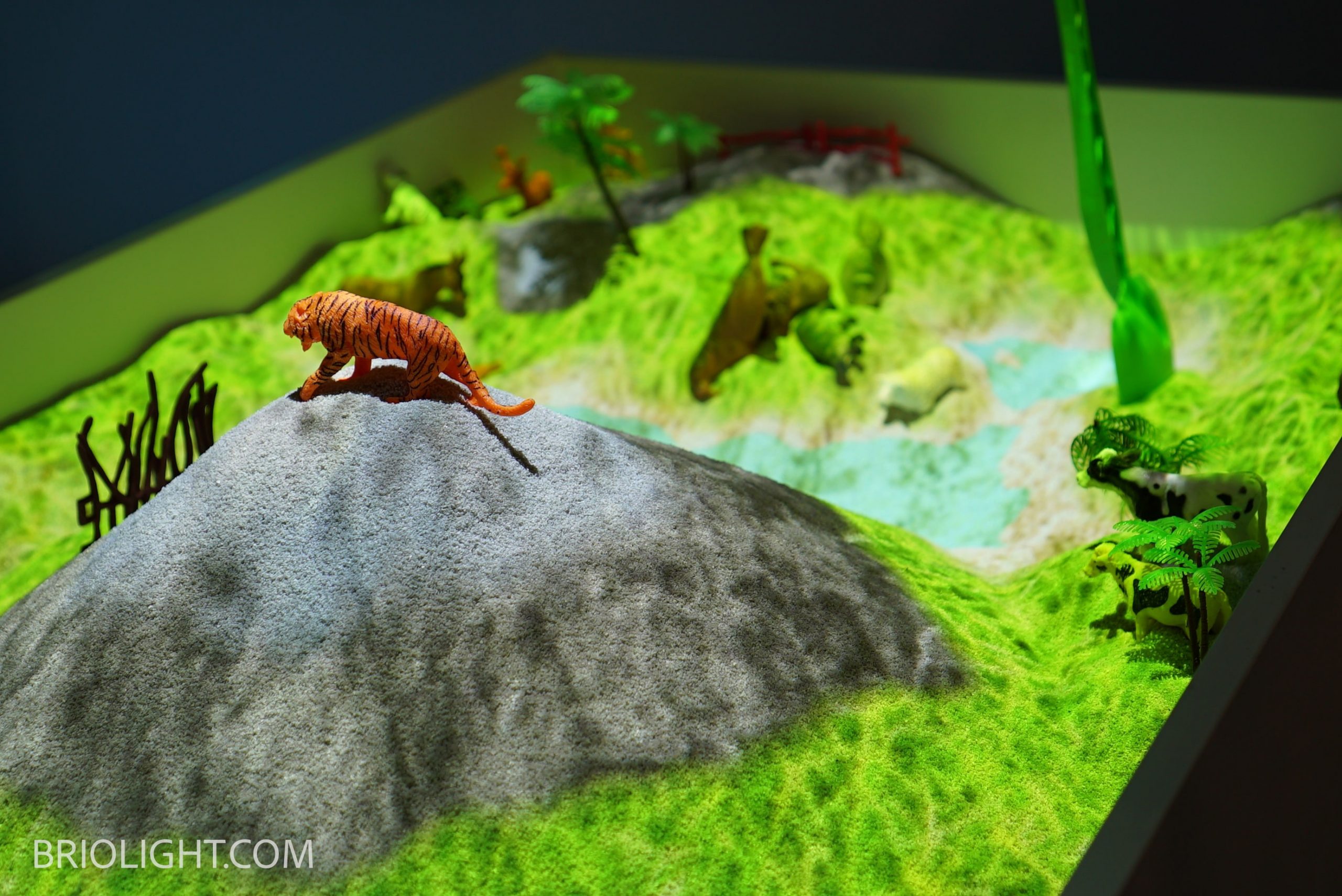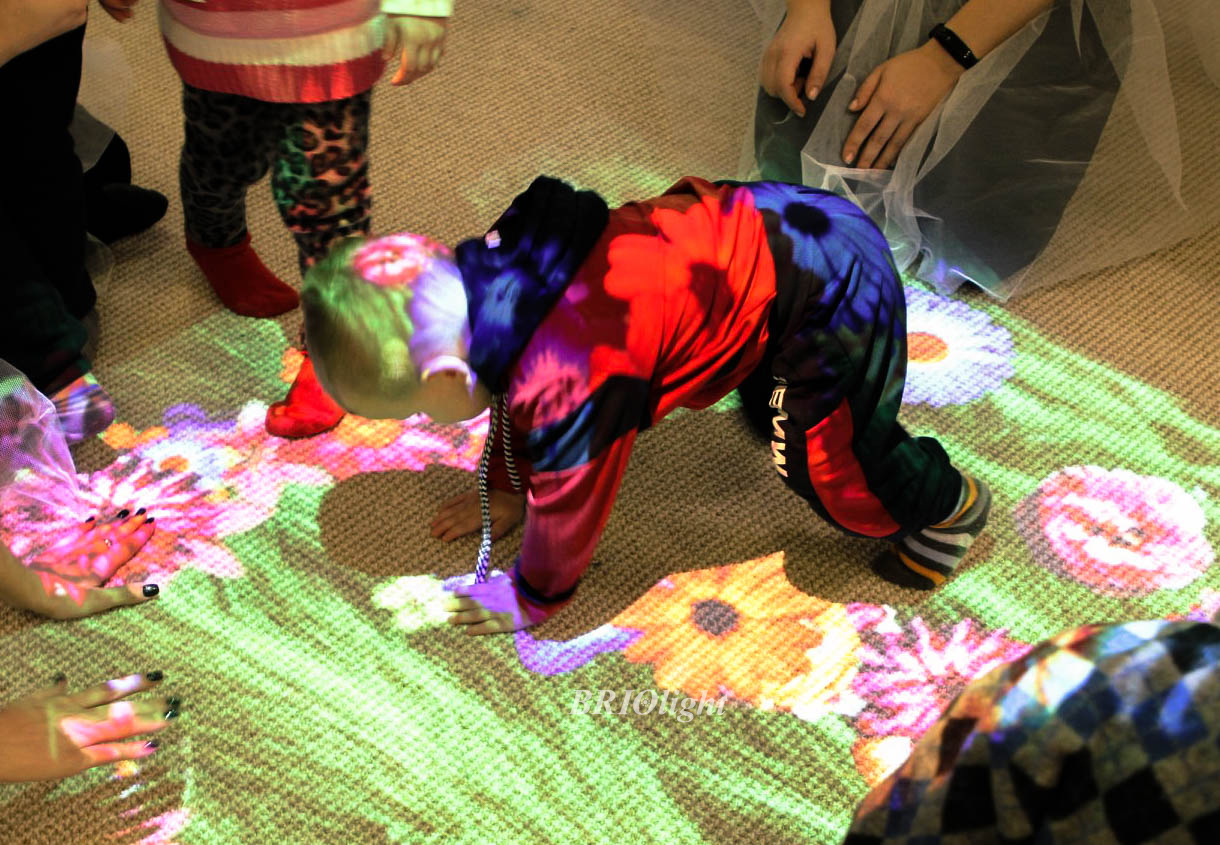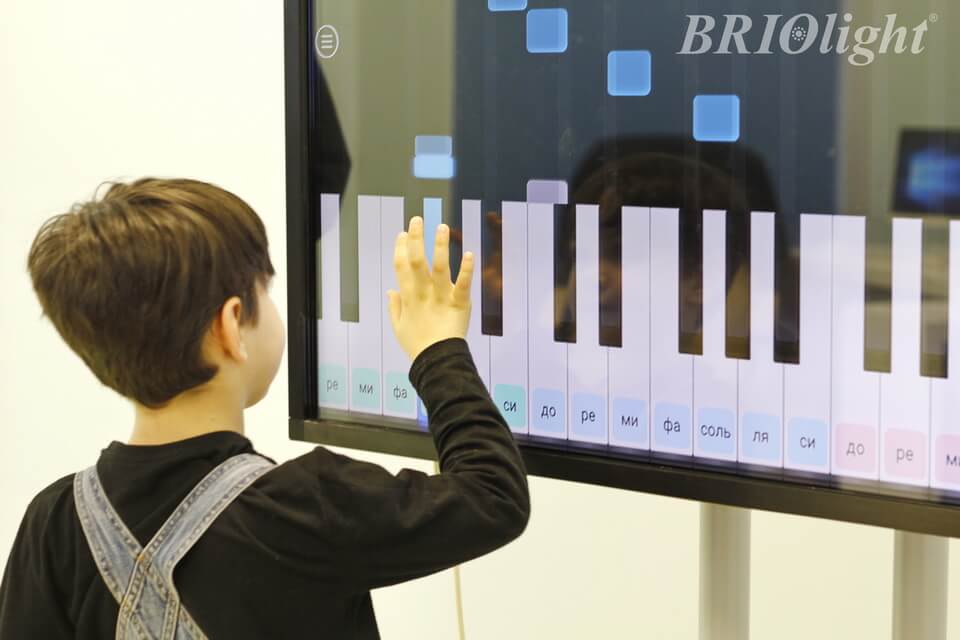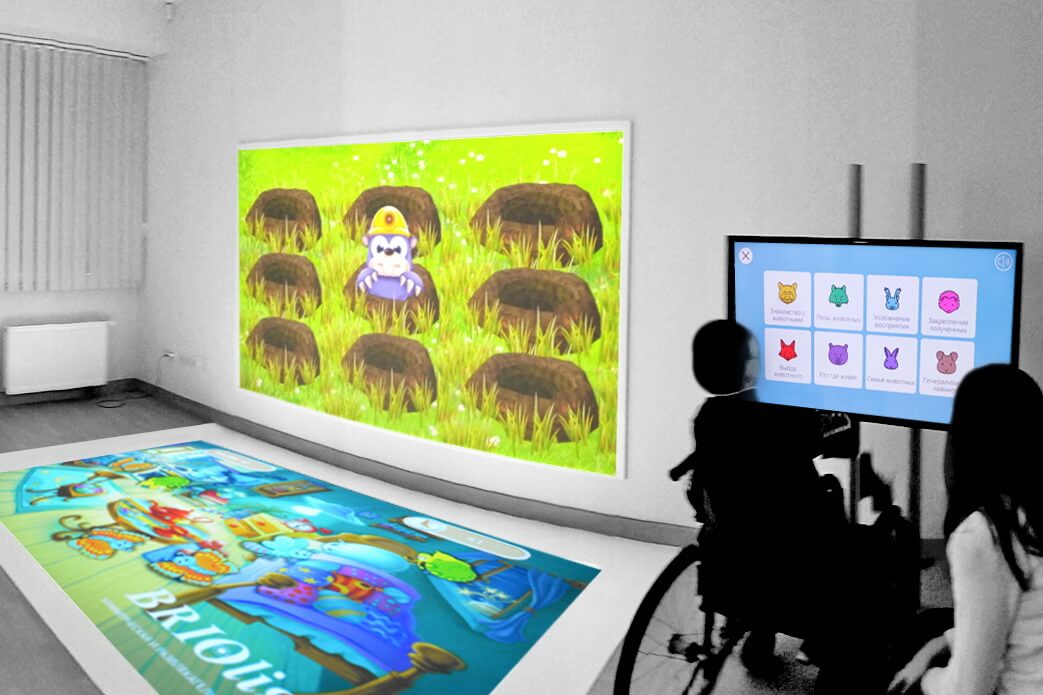How to Improve the Interactive Sandbox

Interactive sandbox is a complex but very effective tool for the psychologist. Sand therapy has been used since 1929. Then, the English child psychotherapist Margaret Lowenfeld first applied such a non-standard technique. However, now the interactive sandbox is used not only by psychologists, but also by defectologists, speech therapists and ordinary teachers. In this article we will tell you how to build an interesting lesson using the Briolite projection sandbox.
With the development of technology, inclusive education and the improvement of the funding mechanism, Ukrainian schools began to be filled with various modern equipment. But at the same time, not all teachers know how to use this or that tool with maximum benefit for children. In this article, our team wants to share interesting observations, useful tips from specialists and hidden capabilities of our product.
1. Briolight interactive sandbox comes with a standard set of toys. However, depending on the field of activity, the number of students and the purpose of use, you yourself can replenish it. Based on the sets of toys you have formed, you can come up with new games, explain the topics of the lessons, apply various therapy methods. By expanding the set, you can conduct individual lessons in geography, natural history, history, biology. What toys can you add to the set?
Figures of people: women and men are different in age, as well as with different capabilities. To study professions, you can use figures of firefighters, doctors, policemen, etc. For a child in a stroller, you can get a figure of a person in a stroller so that he immerses himself in the world he has created. To study the family, it is better to use figures of people of different ages.
Expand Animal Availability: The Classic Pack includes wild, domestic and marine animals. It can be supplemented with figures of the same categories, or new ones (prehistoric animals or animals from fairy tales plots). You can add a Puss in Boots to an ordinary domestic cat, and add two more to a pig and study the tale of the Three Little Pigs.
Add bird figures: seasonal birds or birds of specific regions. Studying geography, namely the fauna of the continents, such figurines of birds as penguins, eagles, hummingbirds, flamingos and others will come in handy. And in the fall, it will be interesting for the child to move the swallows and titmice to warm regions.
Insect Figures: A highly underrated category. Such figures will help to study which insects live in the ground (worms), which ones are in the grass (beetles), which ones are at a height (butterflies).
Figures of the sea: while studying the fauna of the seas and oceans, it will be useful to have starfish, crabs, crayfish, octopuses, seahorses, rays, seashells, etc.
Plant figures: The classic delivery set includes some plants. Studying geography or natural history, you can bring live plants, a herbarium or use artificial ones. We recommend getting plants from all categories: trees, shrubs, grass, flowers. You can also add items related to plants: tree bark, chestnuts, leaves, seeds.
Building figures: It is recommended to have at least a house figurine. When the child completes his world, the psychologist may ask the question “Where in this world will your home be?” The location of the house can say a lot: in the mountains, on an island, on a large plain, etc.
Transport figures: cars, airplanes will also be useful.
Additionally: beads, pebbles, shoulder blades should also be kept in reserve.
2. Using a spray bottle. If the work in the sandbox is carried out by a large group of children, then we recommend sprinkling the sand with water from a spray bottle. Since our company uses quartz sand, because it turned out to be the cleanest and safest, it can get dusty. By sprinkling it with water in this way, excess dust can be avoided. But it should be borne in mind that it is better to avoid strong wetting of the sandbox body in order to avoid damage to it.
3. Before starting work with sand, children should be familiarized with the rules of conduct. It is unobtrusive to make it clear that the sand should not be thrown into the eye, there is it, it should not be thrown outside the sandbox, etc. The child should understand that this is the place where he creates, learns, and does not indulge. To do this, it is better to come up with rules in a playful way (for example, that the sandbox is a house of sand, and he does not want to leave it), as well as select exercises that will help a particular child comply with these rules.
4. At the end of 2020 we are planning to update our product. So in the sandbox, some interactive floor effects will become available, as well as up to 10 special effects (including a volcano, cities, day-night) will be added. You can use them to diversify your sandbox activities and expand the possibilities of use. So with the help of Vulcan, you can conduct an interesting history or geography lesson for middle classes.
5. We also recommend checking out our other articles on the Interactive Sandbox if you plan to use it for geography lessons, therapy, or games.
What did you not know about the interactive sandbox?














